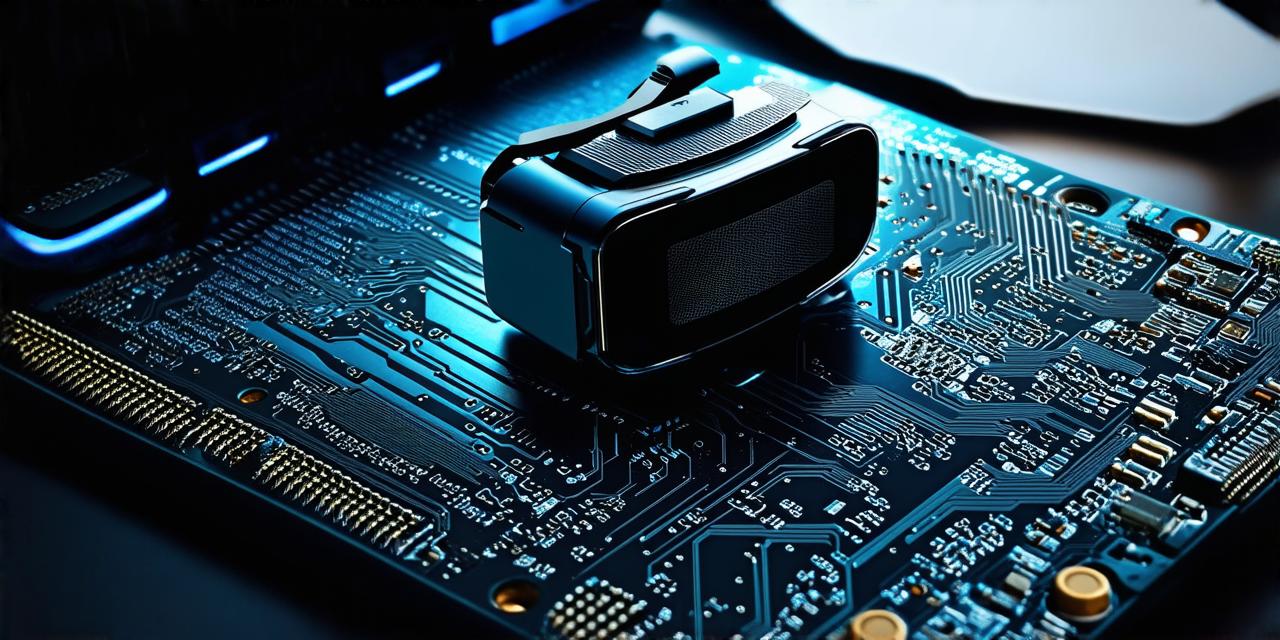Virtual reality (VR) technology has come a long way since its inception, and it’s becoming increasingly popular in various industries such as gaming, education, and healthcare.
VR systems require powerful hardware to deliver smooth, immersive experiences, and one of the most crucial components is RAM (Random Access Memory).
PC Requirements
When it comes to VR, PCs are still the go-to choice for most users due to their versatility and power. The minimum amount of RAM required for a VR system depends on several factors such as the resolution, refresh rate, and complexity of the game or application.
For entry-level VR systems, 8GB of RAM is generally sufficient. However, if you’re running high-end games or applications that require a lot of memory, you may need up to 16GB or even 32GB of RAM. It’s also important to note that the more RAM you have, the smoother your VR experience will be.
Console Requirements
While PCs remain the most popular choice for VR, consoles are becoming increasingly popular due to their affordability and ease of use. The minimum amount of RAM required for a console-based VR system depends on the specific console and game or application.
For example, the Oculus Quest 2 requires at least 6GB of RAM, while the Sony PlayStation 5 requires up to 16GB. However, these are just guidelines, and the actual performance of a console-based VR system can vary depending on several factors such as the complexity of the game or application, the number of background processes running, and the amount of available storage space.
Mobile Requirements
Mobile devices have come a long way in terms of power and capabilities, and they are now being used for VR experiences as well. The minimum amount of RAM required for a mobile-based VR system depends on several factors such as the type of device, the resolution, and the complexity of the game or application.
For entry-level VR systems on smartphones, 4GB of RAM is generally sufficient. However, if you’re running high-end games or applications that require a lot of memory, you may need up to 8GB or even 12GB of RAM. It’s also important to note that the more RAM you have, the smoother your VR experience will be.
Factors Affecting Performance
While RAM is an essential component of a VR system, there are several other factors that can affect its performance. These include:
- Graphics card (GPU): The GPU is responsible for rendering graphics and is an equally important component of a VR system.
- Processor (CPU): The CPU is responsible for executing instructions and is another critical component of a VR system.
- Storage space: VR systems require a lot of storage space to store games, applications, and other data. Having enough storage space can improve the performance of a VR system by reducing load times.
- Background processes: Running too many background processes can slow down a VR system, so it’s important to close unnecessary programs when using VR.
- Power supply: A stable power supply is essential for a VR system to run smoothly and without any glitches or crashes.
Optimizing Your VR System
Now that we’ve discussed the minimum amount of RAM required for different types of VR systems and the factors that can affect their performance, let’s take a look at some tips on how to optimize your VR system:
- Upgrade your hardware: If you’re running an entry-level VR system and want to improve its performance, consider upgrading your RAM, CPU, or GPU.
- Close unnecessary programs: Running too many background processes can slow down a VR system, so make sure to close any unnecessary programs when using VR.
- Adjust settings: Most VR games and applications have settings that you can adjust to improve performance. For example, you can lower the resolution or reduce the number of particles in the scene.
- Clean up your storage space: Having enough storage space is essential for a VR system to run smoothly. Make sure to delete any unnecessary files and programs to free up space.
